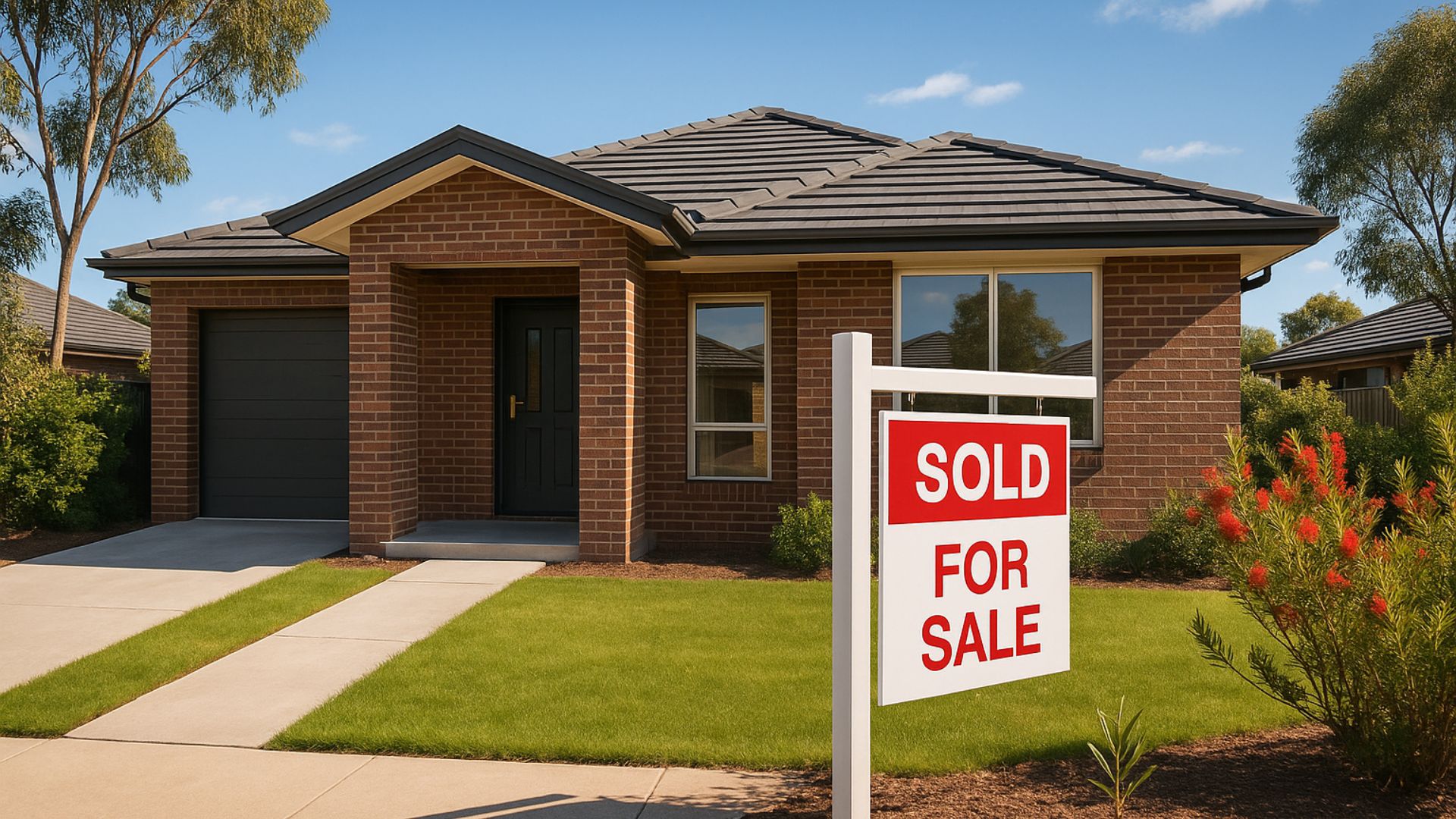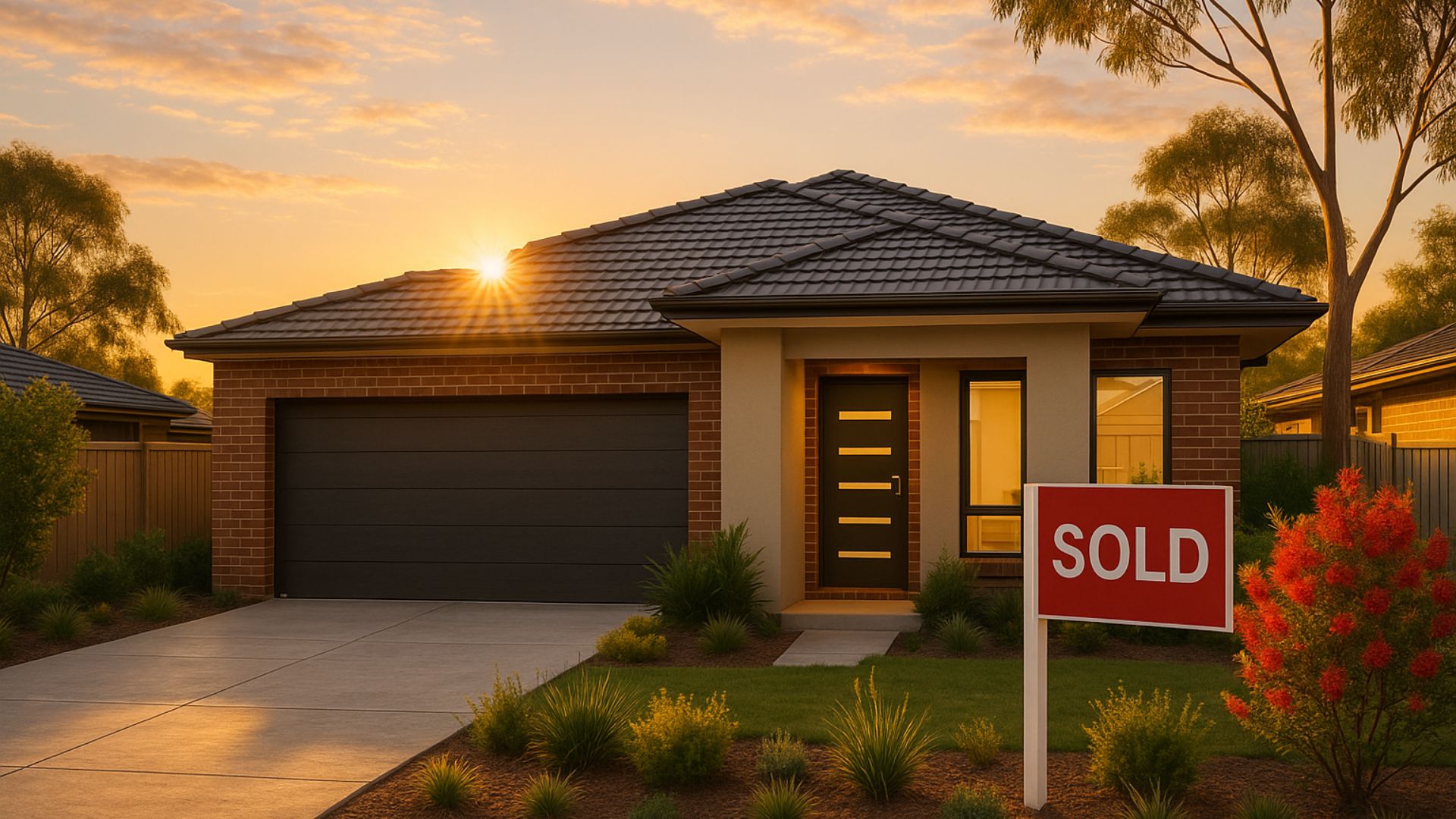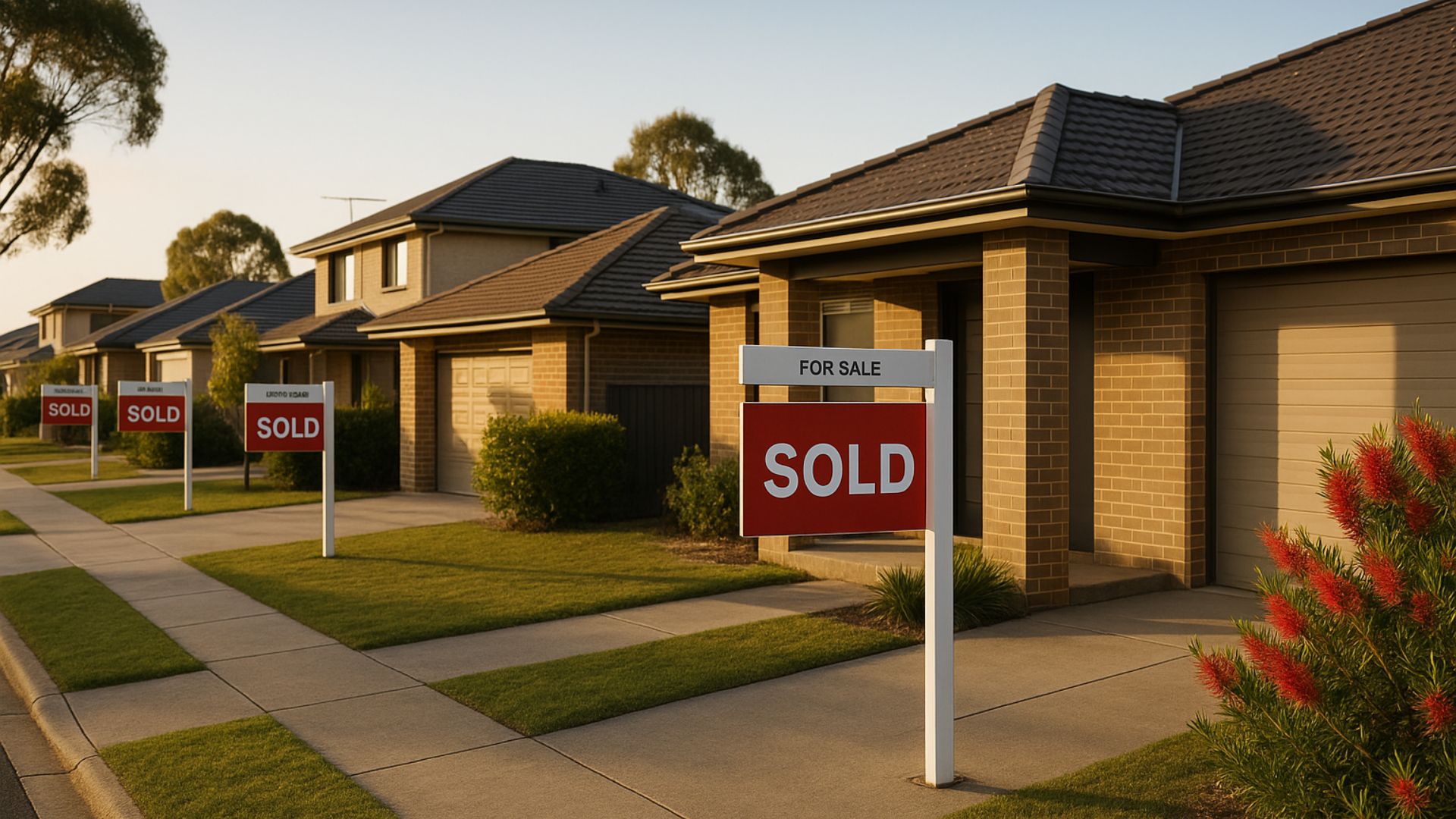The Australian federal Government has brought forward the First Home Buyer Guarantee Scheme to commence three months earlier than planned, on 1 October 2025.
Originally scheduled to begin 1 January 2026, the Housing Minister Clare O’Neil realised that they could “help people faster” if first-home buyers could access the scheme sooner.
The primary benefit of the scheme is to allow first-home buyers to purchase with only a 5% deposit, avoiding costly lender’s mortgage insurance (LMI), which can add tens of thousands of dollars required to the upfront costs of purchasing a home. Resulting in Australians collectively saving up to $1.5 billion in the next year and more importantly, being able to get into their family home sooner.
This acceleration has been framed by the Albanese Government as a way to deliver on promises and provide immediate relief to first-home buyers, particularly in the face of rising house prices and affordability challenges.

The cap on the number of home buyers able to access the homebuyer deposit scheme has been removed so that all first home buyers are now able to access, if they meet the eligibility criteria.
There have also been updates to the eligibility criteria to access the scheme, with previous income limits on eligibility to be removed from October.
The previous 2026 scheme included income caps which have been removed with the October 2025 scheme meaning that a lot more first home buyers that are higher income earners can now access the scheme that were previously ineligible.
Increase to Property Price Caps.
The original scheme received much criticism because there were very few properties available that for within the scheme’s property price caps.
The previous scheme price caps have been adjusted to Sydney: $900,000 will be lifted to $1.5million, Melbourne $800,000 has increased to $950,000, and Brisbane: $700,000 to $1million, with similar price cap increases across the nation.
Property price caps from 1 October 2025
|
Location |
Previous Property Price Cap |
Updated Property Price Cap (effective 1 Oct 2025) |
|
NSW – capital city and regional centre |
$900,000 |
$1,500,000 |
|
NSW – other |
$750,000 |
$800,000 |
|
VIC – capital city and regional centre |
$800,000 |
$950,000 |
|
VIC – other |
$650,000 |
$650,000 |
|
QLD – capital city and regional centre |
$700,000 |
$1,000,000 |
|
QLD – other |
$550,000 |
$700,000 |
|
WA – capital city |
$600,000 |
$850,000 |
|
WA – other |
$450,000 |
$600,000 |
|
SA – capital city |
$600,000 |
$900,000 |
|
SA – other |
$450,000 |
$500,000 |
|
TAS – capital city |
$600,000 |
$700,000 |
|
TAS – other |
$450,000 |
$550,000 |
|
ACT |
$750,000 |
$1,000,000 |
|
NT |
$600,000 |
$600,000 |
|
Jervis Bay Territory and Norfolk Island |
$550,000 |
$550,000 |
|
Christmas Island and Cocos (Keeling) Islands |
$400,000 |
$400,000 |
* Regional centres are (1) in New South Wales – Illawarra, Newcastle, and Lake Macquarie, (2) in Victoria – Geelong, and (3) in Queensland – Gold Coast and Sunshine Coast.
Due to these changes, Federal Treasury has estimated that an extra 20,000 guarantees will be issued in the first year after uncapping the numbers for the scheme. Financial modelling has shown that by reducing the time to save for a home deposit, first home buyers will not only be getting into their own home sooner but can be saving tens of thousands of dollars of rent also which instead, will be going into paying their mortgage.
The First Homebuyer Guarantee Scheme explained in detail.
The First Homebuyer Guarantee (often referred to as the First Home Guarantee) forms part of the broader Home Guarantee Scheme, an initiative designed to help eligible first-time buyers enter the property market sooner. Under this scheme:
- Buyers with as little as a 5% deposit can purchase property.
- The government acts as a guarantor for the remaining portion (up to 15%) of the deposit, enabling borrowers to avoid costly Lenders Mortgage Insurance (LMI). Keeping in mind that LMI only protects the lender in case of default, not the mortgagee. Therefore, under the scheme Housing Australia (on behalf of the government) guarantees the lender against a portion of the deposit in the event of a default — it doesn’t provide cash to the homebuyer.
- Upfront costs are reduced for first-home buyers, allowing them to access homes earlier than if they had to save for the typical 20% deposit.
Conditions & Eligibility Criteria
To participate in the First Homebuyer Guarantee, applicants must meet a range of criteria:
- Be Australian citizens or permanent residents, aged 18 or older.
- Be first-home buyers — meaning they must not have owned a residential property in Australia in the past ten years.
- Be owner-occupiers — the property must be lived in rather than used as an investment within the first 6 months after settlement (or occupancy certificate for new builds) and reside there for the life of the loan guarantee. Moving out prematurely may trigger penalties or void the guarantee.
- No income caps (removed on the new 1 October 2025 scheme).
- Purchase property within capped price ranges by location.
- Apply through a Participating Lender, which confirms eligibility, processes documentation, and reserves a place under the scheme.
- The number of places is no longer capped — for instance, 35,000 places were available in the 2025–26 financial year, but the new scheme allows all first homebuyers to be able to apply.
Main impacts of changes in the scheme.
These major impacts are believed to bring a potential additional 80,000 first-home buyers into the property market. This means that the demand for properties in certain locations and price brackets will have a higher demand, and unless supply can meet this- prices in particular markets will increase.
While the policy is intended to help first-home buyers, there are strong arguments that the accelerated launch may have unintended consequences if the supply and demand matrix is not completely understood and the economics of market dynamics especially in terms of housing prices and market fairness.
Critics of the adjusted scheme argue that removing the income caps, is allowing higher income earners that may not need the additional help, to access the benefit and therefore the scheme is not targeted towards those that genuinely need it the most.
Anticipated effects:
– Increased competition within particular areas and price brackets. Particularly in Sydney in areas with housing under the $1.5million cap there will be a high demand, pushing prices higher if supply cannot meet the additional demand for buyers.
– With additional buyers in the market, the heightened activity might bring on FOMO (Fear Of Missing Out) with some buyers paying too much for a property, just to secure something and not miss out altogether.
– Price pressure on entry level homes across the country.
– The current ‘buyer’s market’ (where the buyer holds the negotiation power), might start to turn to a ‘seller’s market’ where there are many buyers looking for properties on the market but a lack of supply so the sellers hold the upper hand in negotiations.
– We should see the ‘days on market’ in locations in the lower end of the market decrease as properties start to sell quicker, with more buyers in the market.
– We will see more properties for sale via auction campaign as activity heightens in the property markets.
– Affordability issues may be worsened with the influx of buyers into the markets because the scheme
The announcement to accelerate the launch of the expanded First Homebuyer Guarantee from January 2026 to October 2025 aims to urgently assist more Australians into homeownership and reduce the burden of mortgage insurance and attempting to address affordability issues. Yet, this move brings significant risks because it only addresses the affordability of the buyer without thought towards improving housing supply. With broader eligibility, the policy may drive up demand in particular suburbs, potentially undermining the very affordability it seeks to create. Moreover, critics argue that those with higher incomes may now outpace lower-income first-home buyers in accessing these financial benefits. As the policy unfolds, the real impact to housing affordability will depend on how quickly supply can respond, and whether the benefits reach the intended segment of first-home buyers.
****
Thank you for reading our blog on Australia’s Post-Election Property Market. Make sure you head over to our YouTube channel by clicking here to discover more educational insights to level up your property investing including our latest video: Australian Property Market 2025 Forecast.
Disclaimer:
Aus Property Professionals Pty Ltd retains the copyright in relation to all the information contained on its website and in this guide. This guide, and any content provided in addition, or linked to resources, is general information only and not investment advice. As everyone’s individual situation is different, we advise individuals to always seek advice from relevant professionals such as legal, financial, accounting, and investing experts.
The intention of this guide is to be used for general information purposes only, in addition to your personal research and due diligence. We do not take any responsibility for any actions taken as a result of this guide as any actions should always be taken with consultation with relevant professionals who take individual circumstances to account.
Past performance doesn’t guarantee future results.
We have compiled the information contained in this guide from online resources, our research, and consultations, and we cannot guarantee the complete accuracy of this information, and we will always reference the resources where the data and information was derived.



